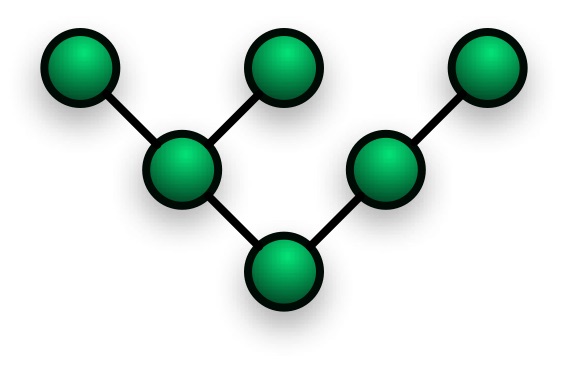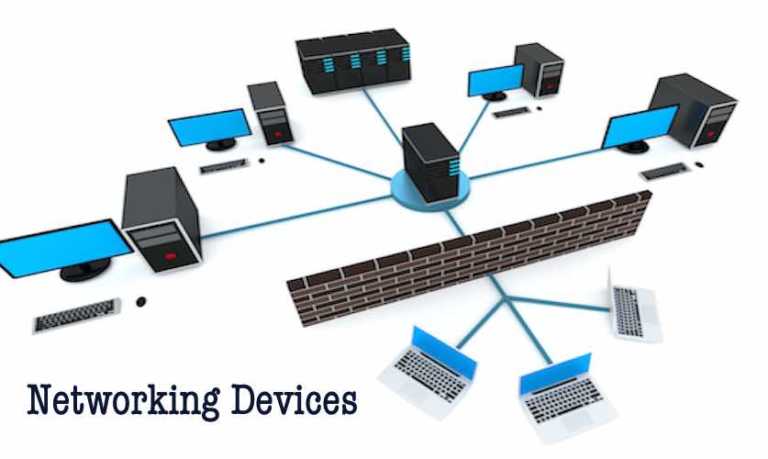What Is Tree Topology? Advantages And Disadvantages Of Tree Topology

 Short Bytes: Tree Topology derives its roots from bus and star topology. Even though a tree topology is not so commonly used network topology, it is still followed in certain circumstances when scalability or hierarchical communication setup is needed between two networks. Tree topology is the next topic we are going to discuss in our network tutorial guide. Know and learn more about the tree topology.
Short Bytes: Tree Topology derives its roots from bus and star topology. Even though a tree topology is not so commonly used network topology, it is still followed in certain circumstances when scalability or hierarchical communication setup is needed between two networks. Tree topology is the next topic we are going to discuss in our network tutorial guide. Know and learn more about the tree topology.
What is tree topology?
A tree topology is a combination of a star network topology and a bus topology. In tree topology, nodes of the underlying bus network topology are replaced with a complete star topology.
There are certain special cases where tree topology is more effective:
- Communication between two networks
- A network structure which requires a root node, intermediate parents node, and leaf nodes (just like we see in an n-tree) or a network structure which exhibits three level of hierarchy because two level of hierarchy is already displayed in the star topology.
Advantages of tree topology:
- Scalable as leaf nodes can accommodate more nodes in the hierarchical chain.
- A point to point wiring to the central hub at each intermediate node of a tree topology represents a node in the bus topology
- Other hierarchical networks are not affected if one of them gets damaged
- Easier maintenance and fault finding
Disadvantages of tree topology:
- Huge cabling is needed
- A lot of maintenance is needed
- backbone forms the point of failure.
You’ll find these interesting:






